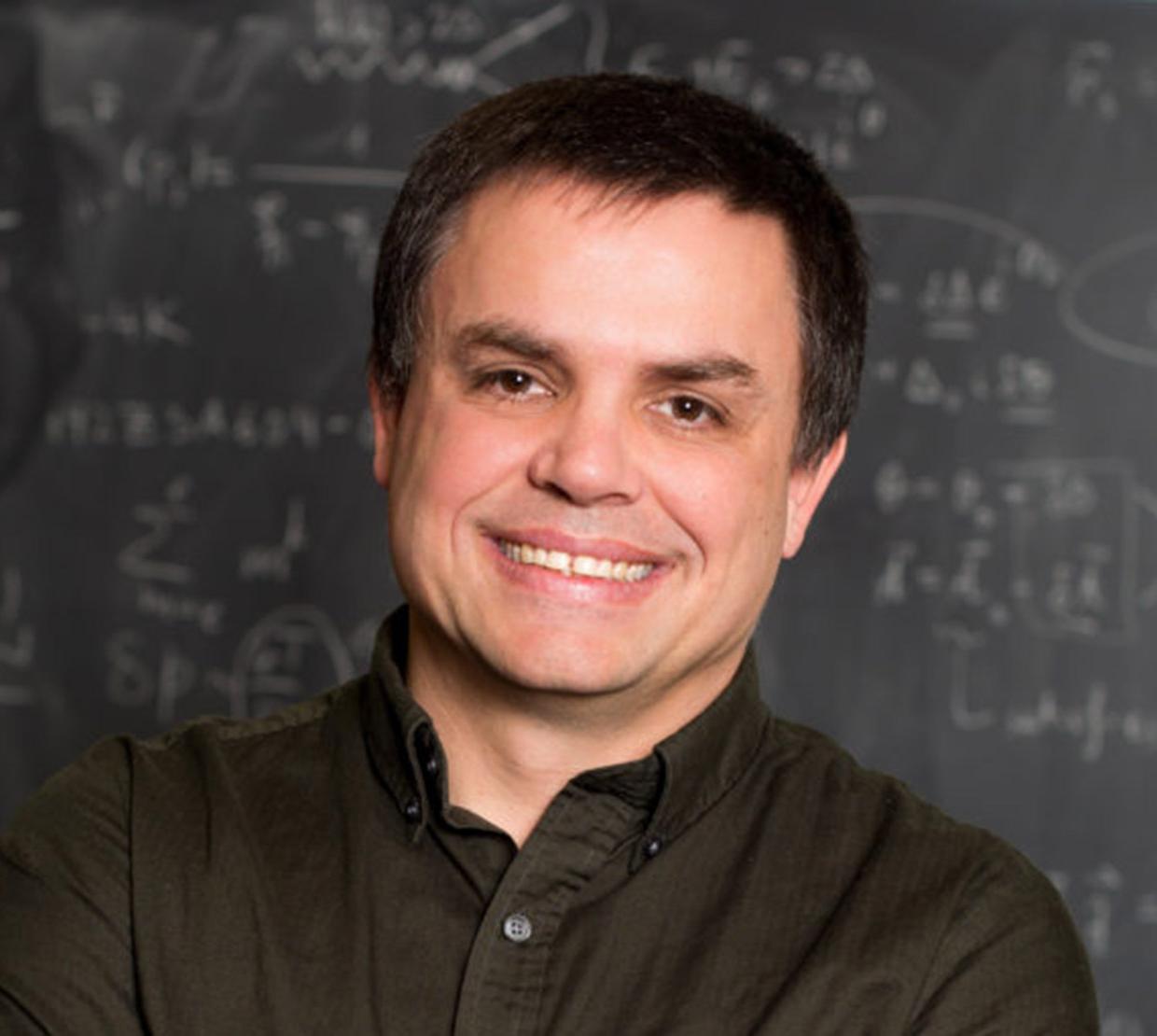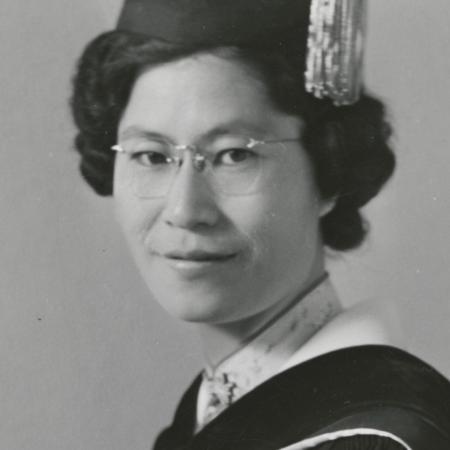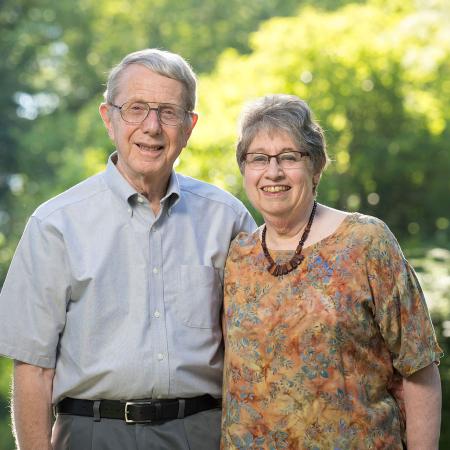Physicist and alumnus Shane Larson (B.S., '91) made one of the most important physics discoveries of the century last year.
Larson is a professor at Northwestern University in the Center for Interdisciplinary Exploration and Research in Astrophysics (CIERA) and an astronomer in the Department of Astronomy at the Adler Planetarium in Chicago.
In 2016, he was part of an international team comprising more than 1,000 scientists from 15 countries who were part of the Laser Interferometer Gravitational-Wave Observatory (LIGO) project that discovered the first gravitational waves.
The LIGO recording of a clear gravitational wave signal, which was produced by two black holes colliding and uniting to form a third black hole more than a billion light years away, made headlines around the world.
Einstein first predicted the existence of gravitational waves, ripples in the fabric of spacetime, in his general theory of relativity in 1915 but doubted they would ever be detected because the waves are so incredibly small.
In 2016, Larson returned to Oregon State to deliver a Science Pub on the discovery of the gravitational waves to a packed house.
The Eastern Oregonian is also a gifted and passionate science communicator and award-winning teacher. Asked about his undergraduate years, Larson writes, "I remember lots! When I came to OSU I was initially in mechanical engineering, but I changed my major to physics three days after starting an astronomy class with David Griffiths. I’ve written a bit about that at my blog."
"All my classes and professors in physics are still very vivid in my mind. I did a little bit of research with David Griffiths on simulating impacts in aerogels (the material NASA used on the Stardust mission), and a little bit of research with Corinne Manogue on super-radiance in the Klein-Gordon equation," writes Larson.
"I spent most of my research days, however, working in Jeanne Rudzki Small’s laser lab in the Biophysics Department. There I worked in “pulsed-laser photoacoustic calorimetry” which is scientist fancy-talk for “we shot proteins with lasers to make them unfold, then we listened to them fold back up again.”
After completing his undergraduate degree in physics at OSU, Larson went on to earn his Ph.D. in theoretical physics from Montana State University. He is a Fellow of the American Physical Society. He also an avid contributor to a public science blog and tweets with the handle @sciencejedi.
Larson is a passionate advocate science and astrophysics. In addition to tweeting and blogging about science, he frequently orchestrates and speaks at public events at the Adler Planetarium in Chicago. He loves to go to "Star Parties" in Oregon and Washington states, where he brings his own home-built telescopes and usually ends up giving some kind of public lecture about astronomy and science. IN the last decade, Larson estimates that he gave about 100 talks.
Larson helped create and direct a program called "Science Unwrapped" while at Utah State University. The monthly lecture series combined face-to-face interactions with scientists with hands-on science activities after the lecture.
"The purpose of this effort was to bring a strong human dimension to our work as scientists. It was amazingly successful — from 2009-2013 we hosted 36 events with a total attendance of almost 12,000 people!"
Recently, Larson won the Vth Fermilab Physics Slam, where scientists have 10 minutes on stage to "explain what the heck they do" to a crowd of 1,000 people or more in a sold-out auditorium.
Hear more from Larson in his 2015 interview with Heidi Schellman.




